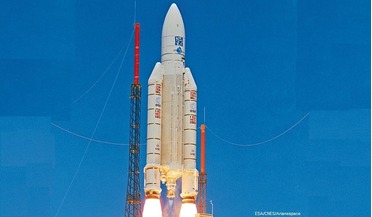 March 2015
ESA’s Clean Space Initiative and the role of the LCA tool
March 2015
ESA’s Clean Space Initiative and the role of the LCA tool
... non-toxic propellants. Seeing the protective suits technicians have to wear to fuel a satellite with the toxic hydrazine, which makes them look like astronauts on an EVA, is a visual testimony of the need for this research. AM on the...
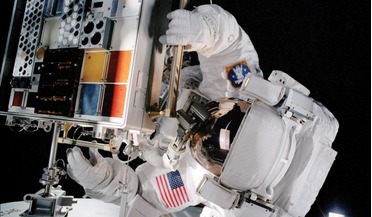 May 2018
Challenging the boundaries of materials science
May 2018
Challenging the boundaries of materials science
... arsenide, used in power amplifiers and high-performance semiconductors with improved properties compared with silicon technology; hydrazine, needed for liquid propulsion systems; and lead, used in solid lubricant for bearings and solder alloys...
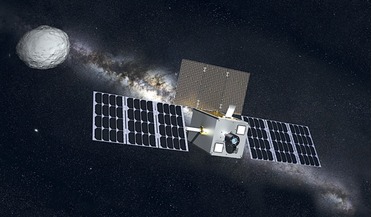 July 2018
The rise of interplanetary CubeSats
July 2018
The rise of interplanetary CubeSats
... of water ice. The spacecraft will be fitted with a green-monopropellant propulsion system, which is emerging as a replacement for hydrazine for use on deep space missions thanks to its low-toxicity and lower integration costs. NEAScout, led...
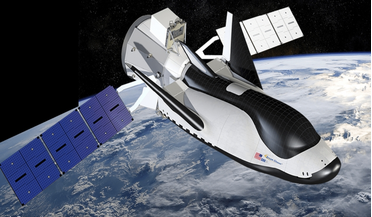 July 2020
Key technologies for space exploration
July 2020
Key technologies for space exploration
... immediately after landing (for the removal of payloads), it cannot use the traditional toxic propellants of choice, like hydrazine and nitrogen tetroxide, that are typically used for spacecraft. The use of non-toxic propellants allows...
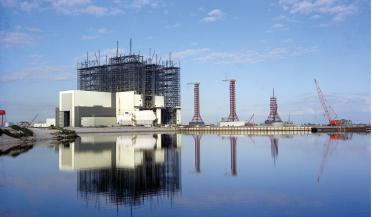 October 2023
Space architecture on Earth
October 2023
Space architecture on Earth
.... Early on, rocket stages were simply abandoned where they fell. Russia’s Proton rocket, for example, used hydrazine fuels, not only dangerous to handle at launch, but poisonous to the downrange land and vegetation on impact. Environmental...
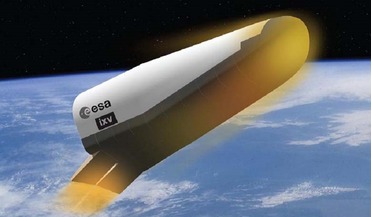 13 March 2015
ESA re-entry vehicle could pave way for reusable launcher
13 March 2015
ESA re-entry vehicle could pave way for reusable launcher
... blasts off on time Wednesday. A recovery team in the Pacific Ocean will purge the spacecraft of leftover toxic hydrazine and hoist it aboard the deck of the Nos Aries for a 40-day trek back to port in Genoa, Italy...